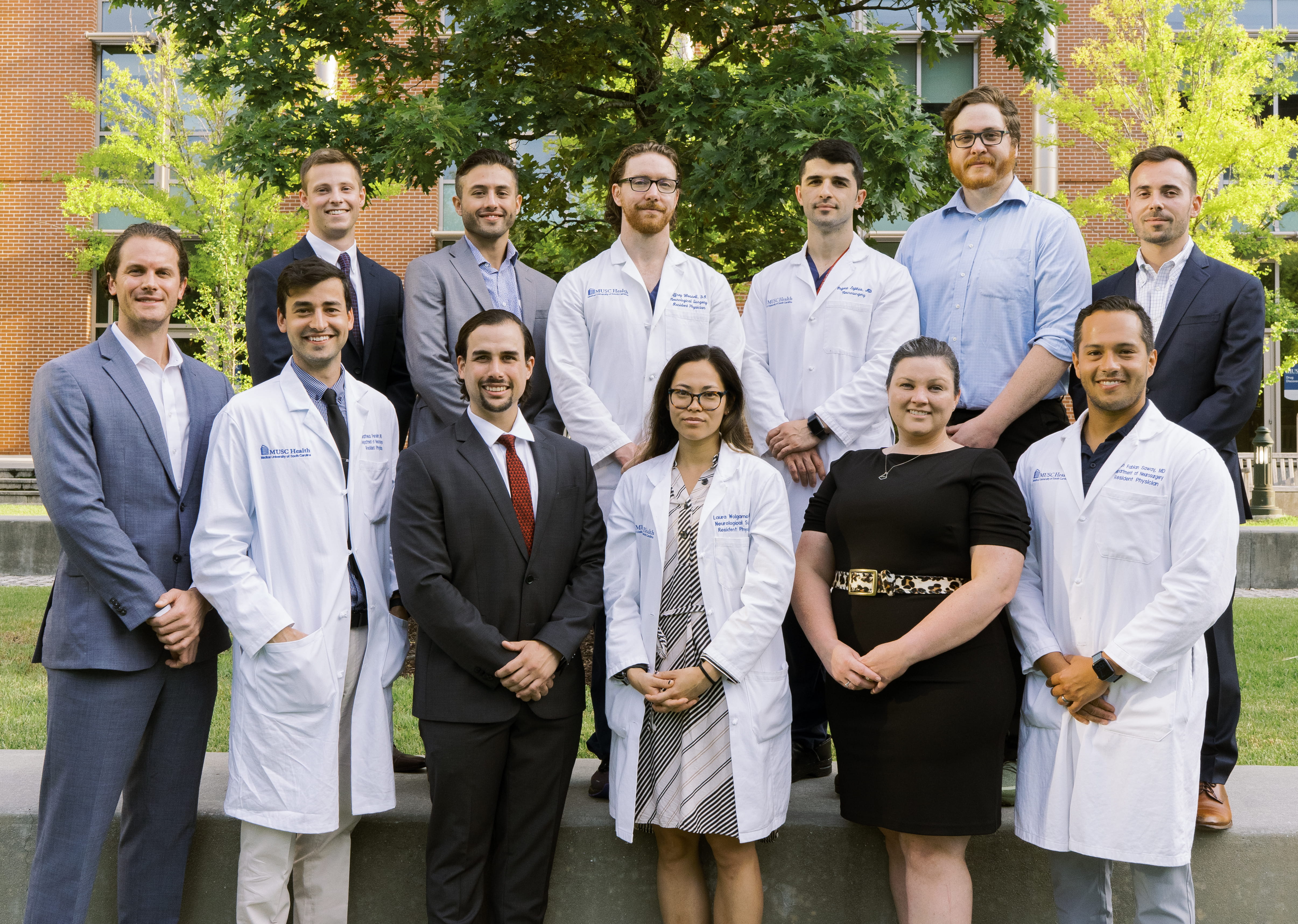
California’s Comprehensive Response to the Los Angeles Fires: Advancing Sustainable Development Goals
Historic Recovery and Rebuilding Efforts Accelerated
- Streamlining Rebuilding Processes: Governor Newsom issued multiple executive orders to cut red tape, including suspending permitting and review requirements under the California Environmental Quality Act (CEQA) and the California Coastal Act. These measures facilitate faster rebuilding of homes and businesses destroyed by the fires, aligning with SDG 11: Sustainable Cities and Communities by promoting resilient infrastructure and sustainable urban development.
- Tax and Mortgage Relief: The state postponed tax filing deadlines and suspended penalties on late property tax payments to provide financial relief to affected individuals and businesses. Collaborations with state and federally chartered banks have resulted in mortgage relief commitments. Proposed legislation aims to ensure homeowners receive accrued interest on insurance payments, and a $125 million mortgage relief program is proposed to prevent foreclosures. These initiatives support SDG 1: No Poverty and SDG 8: Decent Work and Economic Growth by protecting vulnerable populations and fostering economic stability.
- Temporary Housing and Tenant Protections: Executive orders fast-track construction of accessory dwelling units and temporary housing, suspend fees for mobile home parks, and prohibit evictions for tenants hosting displaced fire survivors. These actions contribute to SDG 10: Reduced Inequalities and SDG 3: Good Health and Well-being by ensuring access to safe shelter and protecting community members.
- Debris Removal and Environmental Safety: Rapid mobilization of debris removal and cleanup efforts, including federal hazmat teams, mitigates risks of mudslides and flooding. These efforts advance SDG 13: Climate Action and SDG 15: Life on Land by enhancing environmental resilience and disaster risk reduction.
- Price Gouging Protections: Expanded restrictions safeguard survivors from illegal price increases on rent, lodging, and construction materials, supporting SDG 16: Peace, Justice and Strong Institutions through consumer protection and fair market practices.
- Immediate State Relief and Resource Coordination: A $2.5 billion bipartisan relief package funds emergency response and recovery. The launch of CA.gov/LAfires centralizes resources and information, featuring a recovery dashboard and services finder. Disaster CalFresh food benefits and economic support through the California Jobs First initiative further assist affected communities, promoting SDG 2: Zero Hunger and SDG 8: Decent Work and Economic Growth.
- Community-Driven Recovery Initiatives: The LA Rises initiative unites private sector leaders for rebuilding, while Engaged California fosters public engagement via digital platforms. These programs embody SDG 17: Partnerships for the Goals by encouraging inclusive, participatory recovery processes.
- Education and Childcare Support: Executive orders facilitate rapid assistance to displaced students and support childcare providers’ access to Disaster Unemployment Assistance, aligning with SDG 4: Quality Education and SDG 5: Gender Equality.
- Protection from Predatory Real Estate Practices: Measures protect fire victims from aggressive real estate speculators, reinforcing SDG 16: Peace, Justice and Strong Institutions.
- Support for Businesses and Workers: Relief measures including deferral of licensing fees aid small businesses and workers in recovery, advancing SDG 8: Decent Work and Economic Growth.
Federal Partnership Enhances Rapid Response
- Presidential Major Disaster Declaration: Secured by Governor Newsom and approved by President Biden, this declaration enables expanded federal funding for public infrastructure repair, supporting SDG 9: Industry, Innovation and Infrastructure.
- Increased Federal Cost Coverage: The Governor’s request resulted in 100% federal reimbursement for fire management and debris removal costs for 180 days, enhancing financial resources for disaster response.
- Fire Management Assistance Grants: Three grants were secured within 12 hours to support firefighting efforts for the Palisades, Eaton, and Hurst fires, exemplifying efficient disaster management.
- Bipartisan Advocacy: Governor Newsom engaged with President Trump and Congress members to secure critical disaster aid, reinforcing SDG 16: Peace, Justice and Strong Institutions through effective governance and partnerships.
Unprecedented Firefighting and First Responder Deployment
- Pre-positioning of Resources: Ahead of severe fire weather, over 110 engines and hundreds of firefighters were strategically deployed, demonstrating proactive disaster preparedness consistent with SDG 11: Sustainable Cities and Communities.
- Peak Response Force: More than 16,000 personnel, including firefighters, National Guard members, and law enforcement, were mobilized with over 2,000 firefighting equipment units. This large-scale deployment reflects significant investment in public safety and disaster resilience.
- California National Guard Activation: Over 2,500 service members supported firefighting and law enforcement to protect communities from looting, enhancing community safety and security.
- State of Emergency Declaration: Proclaimed on January 7, 2025, to facilitate coordinated response and resource allocation.
Chronology of Key Actions
- Jan 6: Pre-positioning of resources and personnel in Southern California ahead of fire weather.
- Jan 7: State of Emergency declared; federal resources secured for initial fires.
- Jan 8: Major Disaster Declaration approved; mobilization of water tenders.
- Jan 9: Federal government announces 100% reimbursement; National Guard deployed.
- Jan 10: Executive order on public health; water system review initiated.
- Jan 11: Tax relief announced; National Guard deployment doubled.
- Jan 12: Executive orders to streamline rebuilding and debris cleanup; additional National Guard deployed.
- Jan 13: Tax relief for businesses; expansion of special legislative session.
- Jan 14: Executive orders on schools and protection from predatory real estate.
- Jan 15: Additional federal assistance secured; deployment of CHP officers; cleanup executive order issued.
- Jan 16: Executive orders on temporary housing and property tax relief; new federal funding for workers announced.
- Jan 17: Eviction protections for tenants enacted.
- Jan 18: Mortgage relief commitments from major lenders; resource access streamlined.
- Jan 19: Additional resource prepositioning; public safety executive order issued.
- Jan 20: Volunteer efforts; reopening of support services; flood and debris flow executive order.
- Jan 21: Engagement with affected workers and small business owners.
- Jan 22: Deployment of specialized debris flow teams.
- Jan 23: Mortgage relief commitments expanded; $2.5 billion relief package signed.
- Jan 24: $100 million allocated for recovery; meetings with first responders and federal officials.
- Jan 27: Additional red tape reduction; extended temporary housing stays.
- Jan 28: Launch of LA Rises recovery initiative.
- Jan 29: Executive order supporting small businesses and workers.
- Jan 31: Extended law enforcement and mutual aid coordination.
- Feb 1: Price gouging protections and law enforcement support.
- Feb 2: Installation of emergency protective materials in burn scars.
- Feb 4: Executive order cutting red tape to accelerate recovery.
- Feb 5: Disaster CalFresh benefits announced; federal disaster aid advocacy.
- Feb 6: Bipartisan outreach for disaster relief on Capitol Hill.
- Feb 10: Legislation sponsorship for homeowner interest payments; launch of recovery dashboard and services finder.
- Feb 11: Record-fast hazardous debris removal begins; childcare provider support executive order issued.
- Feb 13: Executive order further streamlining rebuilding and recovery.
- Feb 19: Proposal for $125 million mortgage relief program announced.
- Feb 23: Launch of Engaged California digital democracy platform.
- Feb 25: Substantial completion of hazardous debris cleanup.
- Feb 26: $13 million allocated for rebuilding through California Jobs First.
- Mar 5: Coordination for winter weather protection efforts.
- Mar 7: Executive order extending rental housing protections for survivors.
1. Sustainable Development Goals (SDGs) Addressed or Connected
- SDG 1: No Poverty
- Providing tax and mortgage relief to fire survivors to prevent foreclosure and financial hardship.
- Offering Disaster CalFresh food benefits to affected individuals and families.
- SDG 3: Good Health and Well-being
- Fast-tracking temporary housing and protecting tenants to ensure shelter and reduce health risks.
- Supporting childcare providers impacted by the fires.
- Public health-focused executive orders during the fire response.
- SDG 8: Decent Work and Economic Growth
- Supporting small businesses and workers to recover from the firestorms.
- Providing funding for economic growth and job creation in Los Angeles.
- SDG 9: Industry, Innovation and Infrastructure
- Mobilizing debris removal and cleanup to restore infrastructure and reduce disaster risk.
- Streamlining rebuilding efforts to accelerate recovery of homes and businesses.
- SDG 11: Sustainable Cities and Communities
- Fast-tracking temporary housing and protecting tenants to support resilient communities.
- Protecting survivors from price gouging and predatory real estate practices.
- Mitigating risks of mudslides and flooding in fire-affected areas.
- SDG 13: Climate Action
- Pre-positioning firefighting resources and deploying unprecedented firefighting forces to respond to wildfires.
- Collaborating with federal government for disaster declarations and funding.
- SDG 16: Peace, Justice and Strong Institutions
- Issuing executive orders to protect public safety, prevent looting, and enforce price gouging restrictions.
- Launching digital democracy efforts to improve public engagement in recovery.
2. Specific Targets Under the Identified SDGs
- SDG 1: No Poverty
- Target 1.5: Build resilience of the poor and reduce their exposure to climate-related extreme events.
- Target 1.a: Ensure significant mobilization of resources to end poverty.
- SDG 3: Good Health and Well-being
- Target 3.8: Achieve universal health coverage, including access to quality essential health-care services.
- Target 3.d: Strengthen capacity for early warning, risk reduction, and management of health risks.
- SDG 8: Decent Work and Economic Growth
- Target 8.3: Promote development-oriented policies that support productive activities and decent job creation.
- Target 8.5: Achieve full and productive employment and decent work for all.
- SDG 9: Industry, Innovation and Infrastructure
- Target 9.1: Develop quality, reliable, sustainable and resilient infrastructure.
- Target 9.3: Increase the access of small-scale industries to financial services and integration into value chains.
- SDG 11: Sustainable Cities and Communities
- Target 11.1: Ensure access for all to adequate, safe and affordable housing and basic services.
- Target 11.5: Reduce the number of deaths and economic losses caused by disasters.
- SDG 13: Climate Action
- Target 13.1: Strengthen resilience and adaptive capacity to climate-related hazards.
- Target 13.3: Improve education, awareness-raising and human and institutional capacity on climate change mitigation and adaptation.
- SDG 16: Peace, Justice and Strong Institutions
- Target 16.6: Develop effective, accountable and transparent institutions.
- Target 16.7: Ensure responsive, inclusive, participatory and representative decision-making.
3. Indicators Mentioned or Implied to Measure Progress
- Recovery and Rebuilding Speed
- Indicator: Time taken to complete hazardous debris cleanup (e.g., record-breaking pace of cleanup in less than 30 days).
- Indicator: Number of executive orders and legislative actions issued to streamline rebuilding and recovery.
- Financial Relief and Support
- Indicator: Amount of tax relief provided (e.g., postponed tax deadlines, suspended penalties).
- Indicator: Amount of mortgage relief committed and funds allocated (e.g., $125 million mortgage relief program, $2.5 billion relief package).
- Indicator: Number of individuals and families receiving Disaster CalFresh food benefits.
- Emergency Response and Firefighting Capacity
- Indicator: Number of firefighting personnel and equipment deployed (e.g., 16,000+ personnel, 1,490+ engines).
- Indicator: Number of Fire Management Assistance Grants secured.
- Indicator: Number of days of pre-positioning resources before fire events.
- Community Protection and Engagement
- Indicator: Number of executive orders protecting tenants, preventing evictions, and banning price gouging.
- Indicator: Launch and usage statistics of digital democracy platform (Engaged California) for public engagement.
- Economic Recovery
- Indicator: Amount of funding allocated to support small businesses and job creation (e.g., $13 million for rebuilding and recovery).
- Indicator: Number of small businesses and workers supported through relief measures.
4. Table of SDGs, Targets, and Indicators
| SDGs | Targets | Indicators |
|---|---|---|
| SDG 1: No Poverty |
|
|
| SDG 3: Good Health and Well-being |
|
|
| SDG 8: Decent Work and Economic Growth |
|
|
| SDG 9: Industry, Innovation and Infrastructure |
|
|
| SDG 11: Sustainable Cities and Communities |
|
|
| SDG 13: Climate Action |
|
|
| SDG 16: Peace, Justice and Strong Institutions |
|
|
Source: gov.ca.gov







